Dunes of Maspalomas
The Maspalomas Dunes is one of the great landscapes that you can observe when you visit the Canary Islands, and since its discovery in 1994 it has been characterized by its temperatures that can vary depending on the time of year in which it is located.
Characteristics of the dunes of Maspalomas
The Dunes of Maspalomas are part of the great natural landscapes that you find in the Canary Islands. It is known as a large sea of sand, with a size of 404 hectares.
The whole environment of this place has received special care from men, in this way, its condition is guaranteed, and so all tourists who wish can take the best photos of their trip.

In the Dunes of Maspalomas you find a beach that occupies about 6 kilometers in length. From east to west it has a length of 3 km, while the width is 2 km from north to south.
Since its origin, biodiversity has played a very important role, above all, so that the place is well preserved.
Here you can see different natural species of plants such as Aunaea arborescens, the production of naked sedge is also generated, or the Tarajal, Junco, among others.
You can also see some animals like the giant lizard of Gran Canaria, or some fish. However, the one that can be observed in greater quantities in the palm area, without a doubt is the lizard.
In this place a somewhat strange phenomenon occurs, and that is known by all the inhabitants as "General circulation of sands in the eastern Canary Islands".
So far there are five circulation bands that are affected: Jable in Lanzarote, Strait of La Bocaina, Isthmus of Jandía in Fuerteventura, Isthmus of Guanarteme, and in Punta de Maspalomas in Gran Canaria.
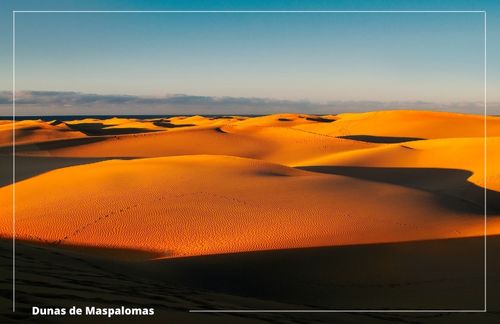
Climate of the dunes of Maspalomas
This place is characterized by having a climate where there is not much rainfall, and its temperature is usually very warm. Generally, in the middle of the year you can find it between 23.5 ° C or 21 ° C in the winter season. While, in summer it is 30 ° C.
In relation to rainfall the average annual record is 100mm, which can also be 80.2 mm. For this reason, during a year it can rain between 10 to 15 days, mostly this occurs in the months of February and November.
In addition, according to experts there are approximately 259 sunny days during the year, 87 with the presence of clouds, and only 13 days covered.
What is the origin of the dunes of Maspalomas?
Its origin arises from all the sedimentary materials that arrived due to the mouth of the Fataga ravine, and those that are around it such as Vicentes, Chamoriscán and Ayagaure.
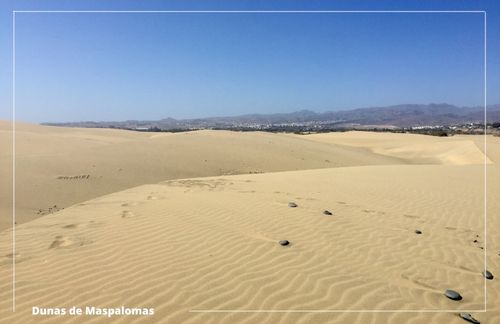
The Dunes of Maspalomas have been built for several centuries, with all the materials of the ravines mentioned. On the eastern side all the remains that make it up were shells of a variety of mollusks.
In addition, due to this small mountains of sand are formed, which in turn also help the growth of some plants, as is the case of Balancón.
What to do in the dunes of Maspalomas?
If you want to know the place, but you have no idea of everything it can do, then we leave you different activities that you can do and without a doubt you will not live anywhere else.
Ride on the back of a camel
One of the main activities of the place, and perhaps one of the most popular is to travel the dunes for half an hour riding camels.
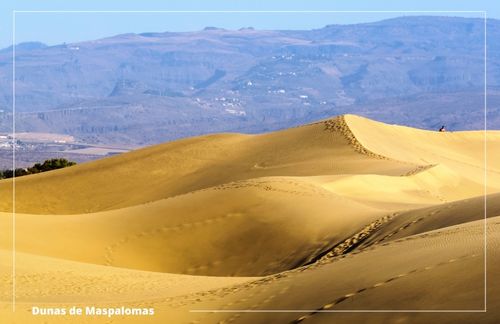
The best thing about this is that the route is completely accepted and authorized by the Government of the Canary Islands, because it is a natural place that receives a lot of protection.
Although it is believed that camels can be moody and not very friendly animals, this is not so. In most cases they are calm and intelligent.
Walk the path to Maspalomas beach
The best thing about this whole tour is that you can see all the dunes both fixed and mobile. It starts from the information center where you make the request to start the activity, and you can also see everything that is in its viewpoint, this is located northeast of Maspalomas.
When you get the branch number three of the whole route you can see different types of dunes and all their characteristics. This tour ends when you arrive at the cove of Maspalomas.
It is one of the best tours you can do, however, it is recommended to continue walking until you find the Pond, you will be surprised with everything you will know in the place.
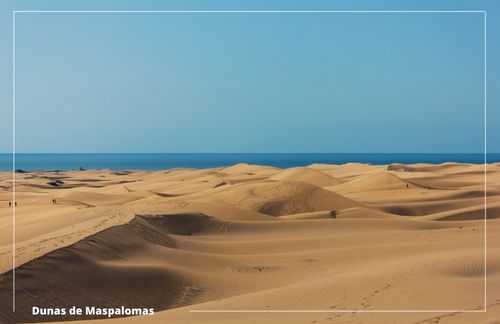
Flora and Fauna in the dunes of Maspalomas
All the characteristics of the place allow the Dunes Special Nature Reserve to take care of the fauna and flora, in addition, there is no danger or threat that may affect them.
In relation to the fauna what can be seen most are the birds, such as the redfish, plover, coot, starling, pipit caminero, turtle dove and the stilt.
Due to the excellent location it has, you also see other birds such as the common flamingo, egret, heron, hoopoe, curlew, tridactyl sandpiper.
Now, in relation to the flora, you can also find large and surprising species.
It is a place where you can see different ecosystems, thanks to this there are dunes, oases, and ponds, but also, different variations of vegetables such as gorse, balancón, naked sedge, tarajal and reed develop.
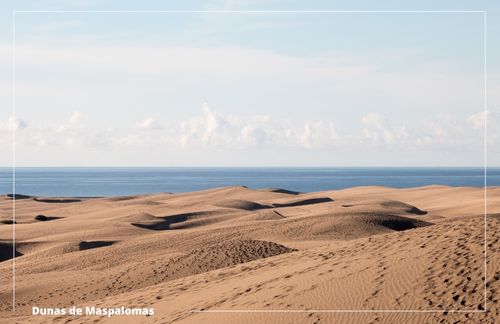
Tips for visiting the dunes of Maspalomas
• It is recommended to walk barefoot throughout the place so you can live a better experience.
• There are even those who do this when it begins to dawn and thus, the sensation of the sand is much cooler than that of the afternoon, for example.
• You can also visit the dunes at sunset this in order to feel all the breeze that is generated at that time of the afternoon, and at the same time enjoy the view of the sea.
